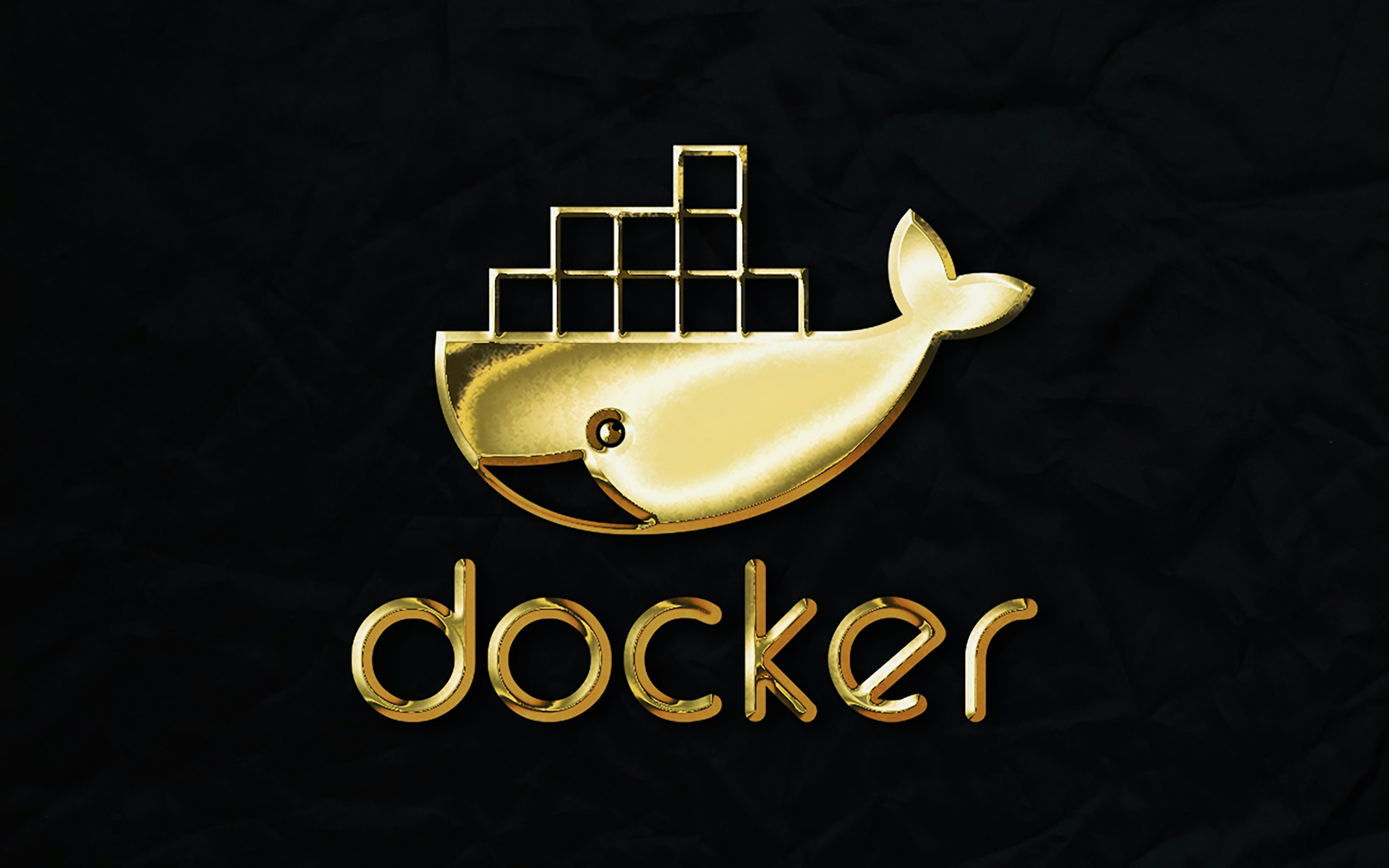Written by: developervsandhu
Technology and Gadgets
Mastering Docker: From Zero to Advanced in One Guide
Welcome to the ultimate crash course on Docker. This blog will cover everything you need to know about Docker, starting from the basics to advanced topics, ensuring you have a strong foundation and practical knowledge.
Part 1: Getting Started
Problem Statement
Modern application development demands scalability, portability, and consistency across environments. Docker provides a robust solution by allowing you to containerize applications and their dependencies, ensuring smooth development and deployment workflows.
Installation of Docker CLI and Desktop
Windows/macOS
- Download Docker Desktop from Docker's official website.
- Follow the installation wizard.
- Ensure WSL2 is enabled for Windows users.
Linux
sudo apt-get update
sudo apt-get install docker-ce docker-ce-cli containerd.io
sudo systemctl start docker
sudo systemctl enable docker
Verify installation:
docker --version
Understanding Images vs. Containers
- Images: Immutable templates for creating containers. Think of them as blueprints for the environment and application dependencies.
- Containers: Runtime instances of images. Containers are lightweight and isolated but share the host OS kernel, making them efficient and fast.
Running an Ubuntu Image in a Container
Pull the Ubuntu image:
docker pull ubuntu
Run the container interactively:
docker run -it ubuntu
This command launches a terminal session inside the Ubuntu container, where you can run commands as if you were on a separate machine.
Multiple Containers
You can run multiple containers simultaneously, each isolated from the others. For example:
docker run -d --name container1 nginx
docker run -d --name container2 redis
Each container runs in its own environment.
Port Mappings
Expose a container's internal ports to the host system using the -p flag:
docker run -d -p 8080:80 nginx
This maps port 80 of the container to port 8080 on the host machine, allowing external access.
Environment Variables
Pass environment variables to customize container behavior:
docker run -d -e MY_VAR=value alpine
These variables can be accessed within the container.
Part 2: Dockerization of a Node.js Application
Creating a Dockerfile
A Dockerfile is a script that defines how an image is built. Example:
# Base image
FROM node:14
# Set working directory
WORKDIR /app
# Copy package.json and install dependencies
COPY package*.json ./
RUN npm install
# Copy the application code
COPY . ./
# Expose the application port
EXPOSE 3000
# Start the application
CMD ["node", "index.js"]
Caching Layers
Optimize builds by structuring your Dockerfile to maximize layer caching. For instance:
- Instructions like
COPYandRUNthat change less frequently should appear earlier. - Copying
package.jsonbefore the rest of the code ensures dependencies are cached unlesspackage.jsonchanges.
Publishing to Docker Hub
-
Log in to Docker Hub:
docker login -
Tag the image:
docker tag my-app username/my-app -
Push the image:
docker push username/my-app
This makes your image accessible from any machine with Docker installed.
Docker Compose
Docker Compose simplifies managing multi-container applications. Example:
docker-compose.yml
version: '3.8'
services:
app:
build: .
ports:
- "3000:3000"
environment:
- NODE_ENV=production
db:
image: postgres
environment:
- POSTGRES_USER=admin
- POSTGRES_PASSWORD=secret
Run all services:
docker-compose up
Part 3: Advanced Topics
Docker Networking
Networking options in Docker provide flexibility in container communication:
-
Bridge: Default network where containers can communicate using IPs.
docker network create my-bridge docker run --network my-bridge my-app -
Host: Shares the host network stack, removing isolation.
Volume Mounting
Persist container data by mounting host directories as volumes:
docker run -v /host/path:/container/path my-app
This ensures that data remains intact even if the container is removed.
Efficient Caching in Layers
To optimize Docker builds, order Dockerfile instructions such that frequently changing commands appear later.
Multi-Stage Builds
Multi-stage builds help reduce image size by separating build and runtime environments:
# Stage 1: Build
FROM node:14 AS builder
WORKDIR /app
COPY package*.json ./
RUN npm install
COPY . ./
RUN npm run build
# Stage 2: Runtime
FROM node:14
WORKDIR /app
COPY --from=builder /app/dist ./
EXPOSE 3000
CMD ["node", "index.js"]
This approach ensures the final image contains only the essential runtime files.
Conclusion
This comprehensive guide equips you with the knowledge to leverage Docker for efficient development and deployment. Use the commands and techniques covered here as a reference to build, optimize, and manage containerized applications seamlessly. Bookmark this guide for future reference as you advance in your Docker journey!
Login To Add Comment
Good To GO!! Crash Course
